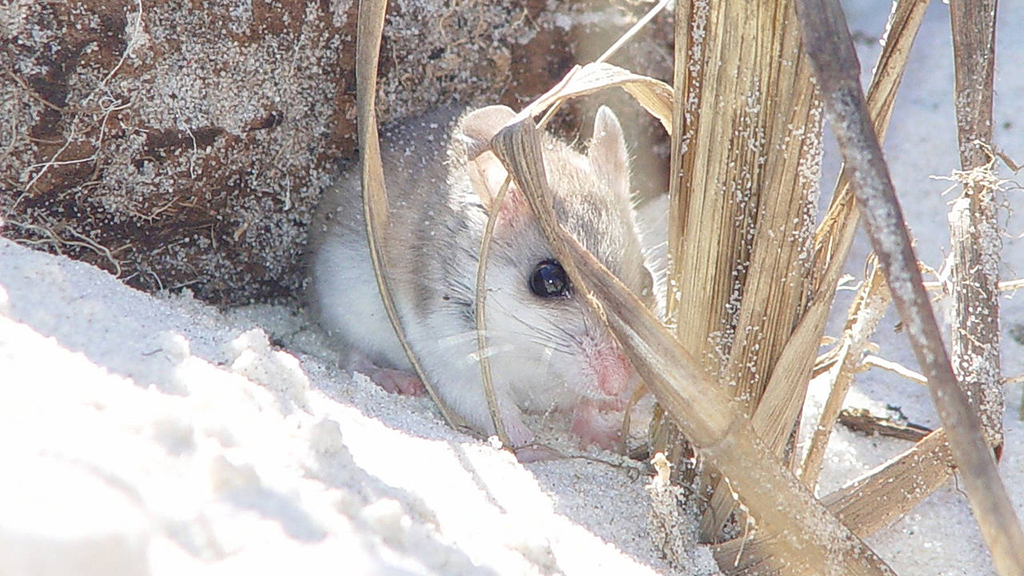Abstract
This "clicker" case study explores ultimate and proximate explanations for cryptic coloration in animals through the work of Dr. Hopi Hoekstra of Harvard University, who studies Gulf and Atlantic Coast beach populations of oldfield deer mice that have evolved blond fur coloration. An ultimate question addresses the adaptive value of blond coloration, exploring how cryptic coloration increases the evolutionary fitness of a beach mouse. Proximate questions address the mechanisms that produce blond coloration, such as the genetic and developmental mechanisms that alter mouse coat color. Students work in small groups to plan an experiment to assess the design of a published experiment and analyze the results. They learn about roles of mutant alleles of two pigment genes (Mc1r and Agouti) in producing blond coloration in several subspecies of beach mice, as well as woolly mammoths. Finally, students weigh evidence from genomic analysis to select between two contrasting hypotheses about the origin of the blond Mc1r allele. The case is presented in PowerPoint format and includes both a detailed and simplified slide set, allowing instructors to select the most appropriate version for their class. Several recommended videos make it possible to teach the case in a "flipped classroom" setting.




